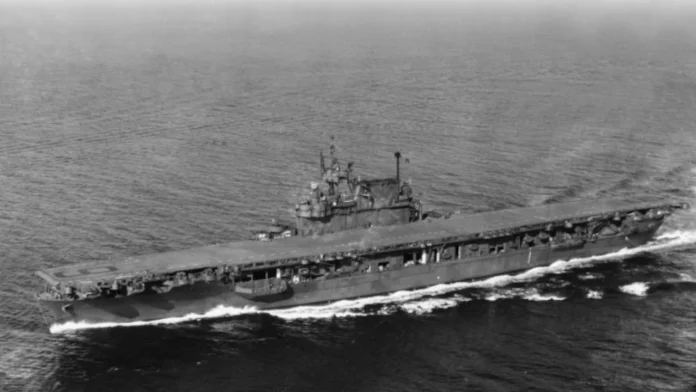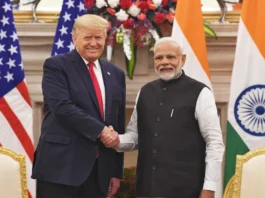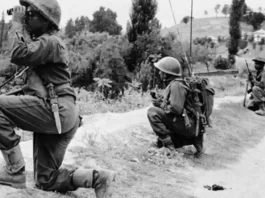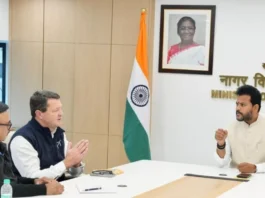Since the end of hostilities between India and Pakistan in 1965, relations have been tense, and a new war could start for any reason. Such an occasion in 1971 was the situation in East Pakistan. East Pakistan – part of Indian Bengal, after the country’s division in 1947, went to Pakistan. On March 25, 1971, Islamabad dissolved the People’s League. The Awami leaders fled to neighbouring India. Forming a government in exile there, they declared East Pakistan an independent state. Massive punitive actions against the movement activists by the government apparatus began. And since India trained Mukti Bahini militants protected them, the Pakistani army stepped in. It was not a war that began but a massacre. Mass emigration to India started, where about 10 million people ended up. This brought relations between Delhi and Islamabad to a critical stage. In both countries, the mobilization of reservists began. On November 21-22, a real battle broke out with the use of tanks and aircraft. Countries rolled irresistibly towards a big war, which had already begun.
The big power rivalry, too, showed up. On August 9, 1971, the Soviet-Indian Treaty on Peace, Friendship and Cooperation was signed. It marked the beginning of a new stage in bilateral relations and laid a solid political and legal foundation for their further development. The Treaty stipulates that the partners will not participate in military alliances directed against the other side. If one of the countries becomes the object of an attack or threat, the USSR and India must begin mutual consultations to eliminate it. The Soviet-Indian Treaty passed a comprehensive test just a few months later.
On December 5, a Soviet Naval detachment entered the Indian Ocean, passing through the Malacca Strait, strengthening the forces available there and remaining in place due to the outbreak of war between India and Pakistan. The Soviet naval forces had two destroyers, two sea minesweepers and a tanker. On December 7, a detachment of Soviet ships was located approximately 500 miles east of Sri Lanka.
The Indian Army, Air force and Navy quickly turned the tide of hostilities in their favour. On the night of December 3-4, in the Bay of Bengal, as a result of the actions of Indian ships, the Pakistani submarine PNS Ghazi was lost. On December 5 and 9, 1971, Soviet-made boats, Project 205 of the Indian Navy, armed with P-15s, twice attacked ships and coastal facilities in Pakistan. The missile boats of the Indian Navy were based in Bombay, located about 950 km from the Karachi naval base.
The situation in the Indian Ocean was complicated because a large number of British warships entered the Indian Ocean almost simultaneously. The British had 43 ships in the region, which represented a significant force, including the two aircraft carriers. The Soviets began tracking the ships, and they sent two more detachments to the region.
At this time, the situation became even more complicated due to the appearance of the Americans. Before December 10, the international response to the war was based on the American strategy of trying to secure a truce through the United Nations. After the 10th, the situation changed, the Pakistani offensive in the West was stopped, and in the East, the Pakistanis were on the verge of defeat. America is in a difficult situation. It was not known whether India intended to transfer her liberating troops from East to West and inflict a final defeat on Pakistan. According to the secret clause of the agreement with the United States, the Pakistani authorities stated that the Americans would come to the aid of the Pakistanis in an attack by India and demanded that the latter fulfill the agreement. In addition, the Americans could not help helping their CENTO/SEATO ally. On December 10, US President Nixon ordered the creation of the TG 74 air strike group, led by the nuclear aircraft carrier Enterprise, and sent it to the Bay of Bengal.
On the same day, he sent a letter to Soviet leader Leonid Brezhnev urging the USSR to join America to end the war. He also informed the Soviet leader that America had a treaty agreement to support Pakistan against Indian aggression and that US naval forces had begun to move towards East Pakistan. At about 5:30 am on December 10, the Indians learned that the Americans might send ships to the Bay of Bengal to assist the Pakistani army. Consultations and negotiations began. On December 12, an important message was sent from Moscow to Nixon stating that, according to Prime Minister Indira Gandhi, the Indian government did not intend to launch an offensive in West Pakistan. Nixon and Kissinger relied on Moscow’s word. The Indian ambassador to Russia was told that Enterprise was a Soviet problem and India could continue with the Pakistani problem.
On the afternoon of December 14, the American unit TG 74, commanded by Admiral Elmo R. Zumwalt (Elmo R. Zumwalt), went along the Malacca Strait to the Bay of Bengal; the ships went in two detachments. It did not enter the Bay of Bengal and moved away. The British ships had already left the region by then. It was later learnt that the Soviets had surfaced their nuclear submarines in the region, which changed Nixon’s mind.






